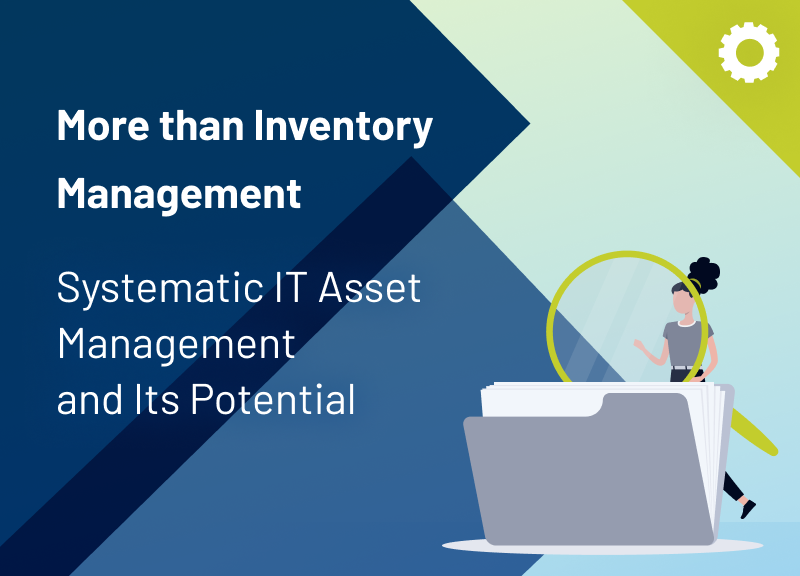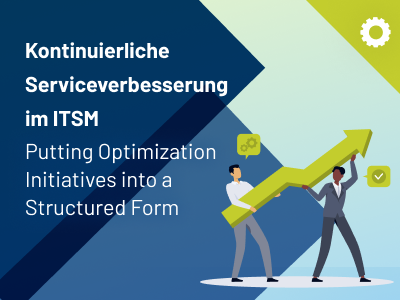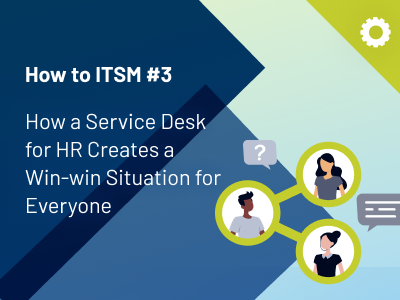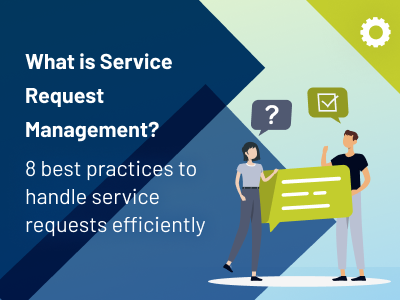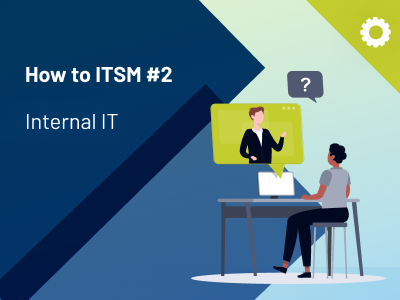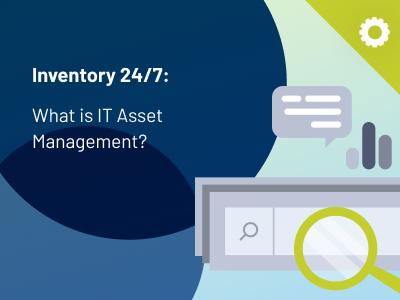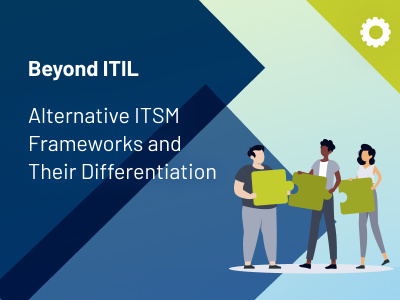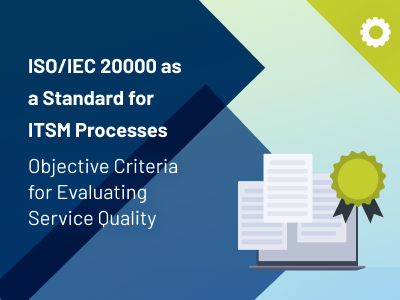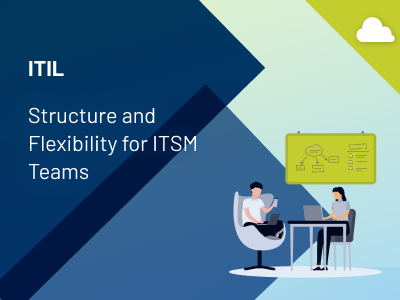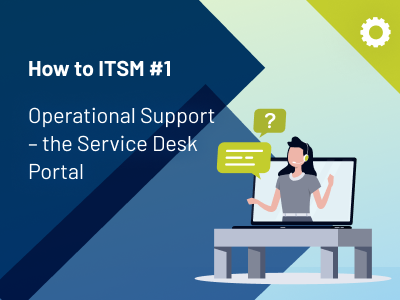Within IT Service Management, the practice of cataloguing, updating and tracking IT assets is referred to as IT Asset Management, or ITAM for short. IT teams anticipate tangible outcomes and advantages from this process. What are these? That’s what we will explore in this article.
Systematic IT Asset Management and Its Potential – More than Inventory Management
